The Evolution of TV
I've been trying to buy a new TV for the past year, but every time I decide on something, it seems a newer model comes out. By the time I re-think my decision and decide on the newer model, and even newer one comes out. Bloody hell. Plasma, LCD, 720p, 1080p, HDTV, etc... Was it always this tough to keep up with the TV trend?
Well, besides Facebook, TV's are probably the number one time-waster in today's world, and probably the reason you don't have any friends (or need any friends, actually). The TV companies are also trying to make TV's cooler day by day to make sure all you all want one; after all, they weren't always cool. Take a look:
Early 1900's:
TV's weren't totally electric back in the day. They were semi-mechanical, had huge bodies, but the screens were tiny:
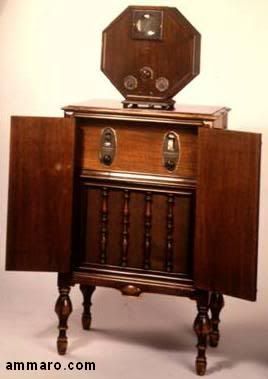
1928 G.E. Octagon
You see that little round piece of glass all the way at the top of the TV? Yup. That was the screen. Ah yes; i'm sure the full theatre experience was overwhelming.
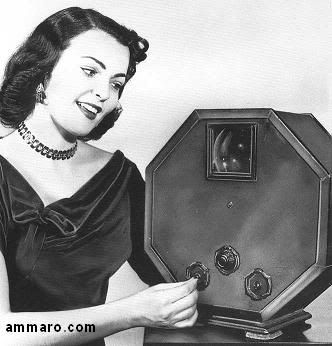
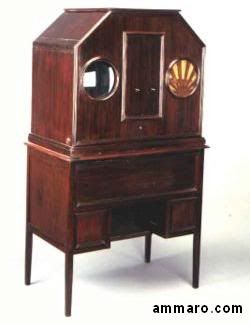
1928 Baird Model C
Anyway, moving on - as the years passed, the screen stayed small, but at least the size of the whole TV was more compact, so now you can put it on a table. Or on your lap. Or take it with you to the bathroom if you really didn't want to miss Desperate Housewives.
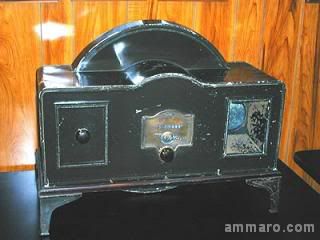
1930 Baird Televisor
Pre World-War II:
In the few years before WW2, the fully electric TV was perfected, and with this, many countries started broadcasting. Although still expensive, TV's relatively became a lot cheaper, and because no one had internet yet, they became more wide-spread. It was a great time to be anti-social.
Electric TV's didn't need all the space that the mechanical ones did, so the units were smaller and much more manageable:

1939 Andrea 1F5
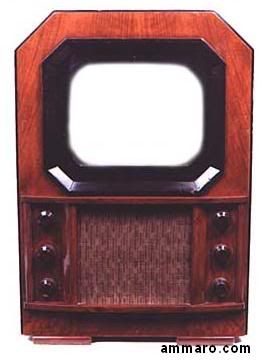
1937 Cossor 437T
And then came the second world war and all TV production stopped, and many channels stopped broadcasting too. It was a time for people to go out and make real friends again, as the war went on.
Post World-War II:
During the war, families couldn't buy much, and therefore managed to save up quite a bit of money. As soon as the war was over in 1945, people went out to buy things, and TV's were placed on the "gotta have it" list. The real boom in TV's happened in the next few years.
TV's now were more portable than ever, and most looked like little radios:
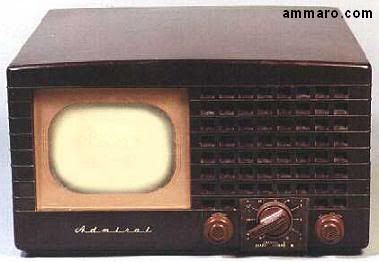
1948 Admiral 19A111

1948 Philco 48-700
1950's:
The fifities signalled some very interesting developments for the TV; design-wise, they started looking more like TV's we would recognize today, and started reaching sizes where you don't have to squint your eyes to see the image. Also, some color TV's finally started to creep in with the rest of the bunch (yep, all the TV's above were, infact, black and white):

1953 Philips ATX100
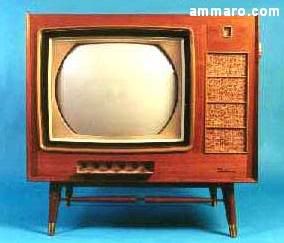
1957 RCA 21 inch
But of course, most TV's were American or European built, (some made in Russia and Brazil). But after the destruction WWII caused in Japan, an empire based on technology was rebuilt in the far east, and hence came the first real Japanese made TV:

1953 Sharp TV3-14T
Visual radio, they called it.
Anyhow, with the whole boom in television making, the number of households with TV's just in the US increased by almost 1200%. By the beginning of the 1950's, only 8% of US households had TV's, but by the end of the decade, this number shot up to 87%.
The remote control was also finally created, turning an already lazy device into a total couch potato maker. This magnificent invention was hailed with words like "MAGIC" and "SPACE COMMAND" and so on :) The first design looked more like a gun, click below for some really funny ad's:
Remote Control AD 2
1960-1980:
Lots happened in this era; color TV's became more and more popular (expensive color TV's were actually introduced in the fifties, but most people stuck to their cheaper black and whites then), more countries started broadcasting, and home video recorders were also created. TV's were now a regular part of the home; take a look, some of you might remember some of the models below, or something close at least:
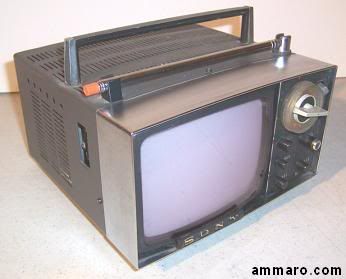
1960 Sony Portable
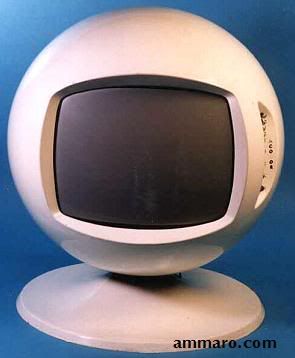
1970 Keracolor - You might remember this (supposedly) futuristic design if you've ever lived in the UK in the 70's
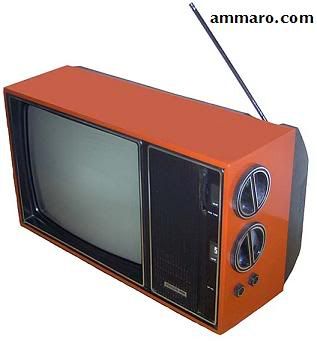
1973 Philco 13inch - Look at those dials!
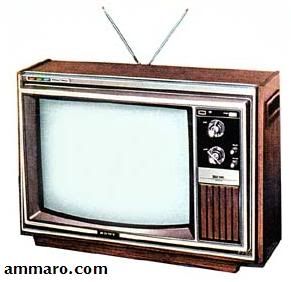
1974 Sony Color 19inch - Love the rabbit antenna!

1974 Zenith - This wooden look was actually considered fashionable back in the day
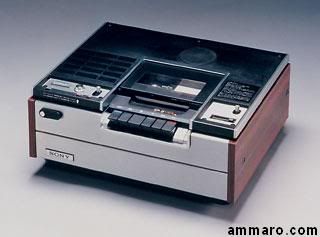
1975 Sony Betamax - The first home video recorder
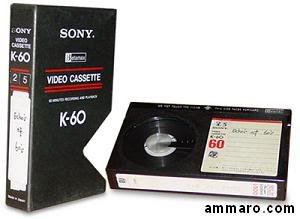
Remember these betamax video tiny tapes?
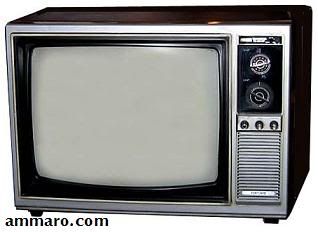
1979 Portland 19inch
1980-2000:
Yup, the TV was finally starting to look like the design we are familiar with today. Remote control slowly started becoming less expensive (it used to be an extra $400 or so just to have a remote control) and became really popular by the end of the 80's/early 90's. TV's also had this wooden look which was supposed to be classy, but that was soon replaced with the wood/silver (well, grey) look, and later in the 90's again replaced with the plain black plastic look.
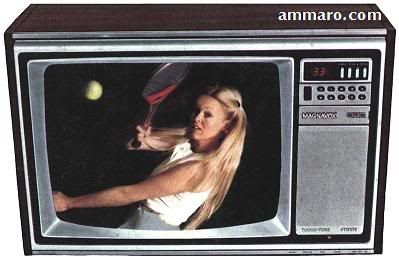
1980 Magnavox 19inch - clicking those buttons; CHAK, CHAK, CHAK!
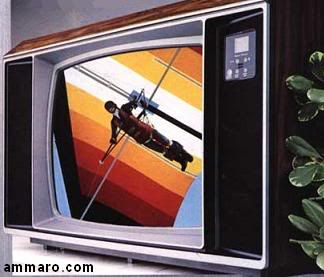
1984 Zenith
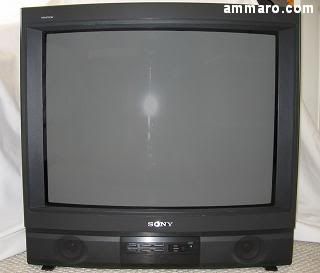
1991 Sony Trinitron
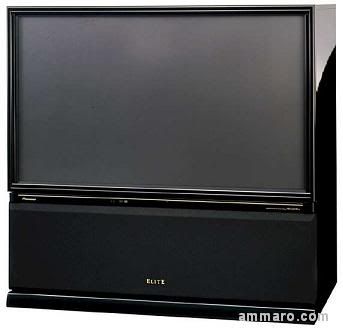
1995 Elite Projection
Projector TV's also started appearing as consumer demanded bigger screens and the full theatre experience. They were actually introduced to the market in the middle of the 80's, but only really took off by the mid-90's as their prices came down to reasonable levels. They still weren't very clear to watch though in bright rooms. Anyhow, the TV had reached a milestone in 1996, as by that time there were a total of 1 billion TV's world-wide. Whew.
In 1997, Pioneer introduced the first Plasma TV to the market, and suddenly having a TV wasn't just a necessity, it was actually 'cool'. Plasma technology was around for quite a while, but only in this year was it actually sold to the public.

1997 Pioneer 50" Plasma
2000-Modern Day:
Having a TV was now cool. Plasma TV's, then LCD screens, then HDTV's and so on, slim enough to put in your room and make all that old furniture you have look stylish. Yup, TV's were the one thing you needed to make any home look modern - see the difference:
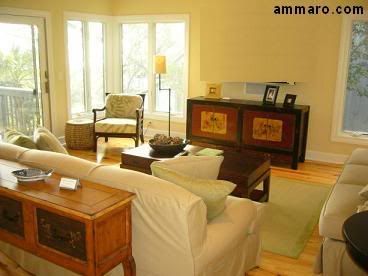
boring home...

Extra Cool Modern Villa!
And so it goes. Personally, I can't tell the difference between your average plasma, LCD and HDTV. Maybe it's just a conspiracy to get us to pay more for the same stuff. Nevertheless, LCD TV's have now become the mainstream, and cover 50% of all the TV's to be shipped globally in 2008, and they come in all shapes and sizes:

42 inch LCD

12 inch LCD
Sizes? They also keep getting bigger; so far the largest LCD screen has recently been unveiled by Sharp at a whopping 108":
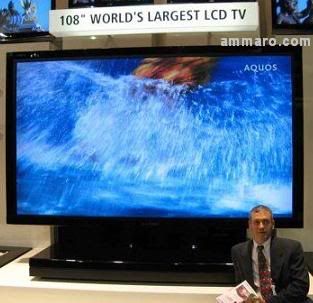
Dude, that's a big TV.
And I guess the coming years will be even more exciting! That's all for now; we've pretty much covered the past 80 years of TV, so hopefully i'll be doing the next of these reviews in 2088. Stay tuned!





1 comments:
given article is very helpful and very useful for my admin, and pardon me permission to share articles here hopefully helped :
Cara menyembuhkan asma
Cara mengatasi sakit tenggorokan
Post a Comment